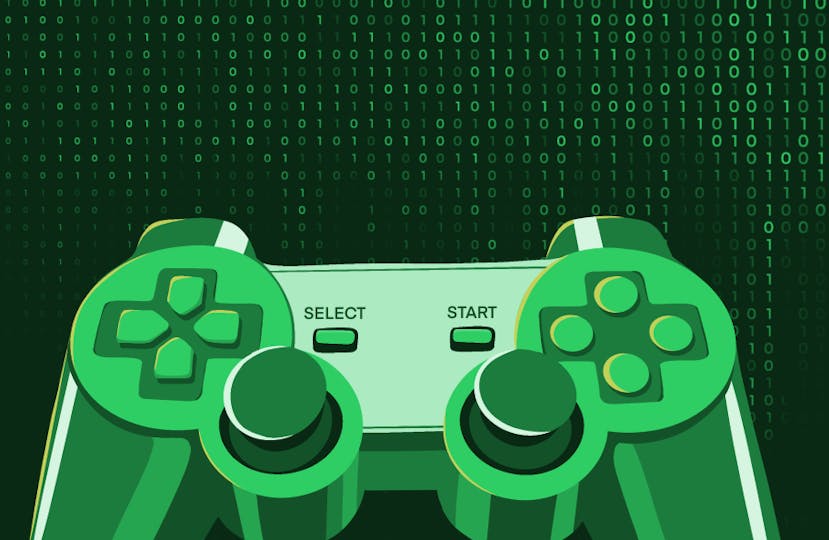
The Environmental Impact of Video Games
In this data story, we will break down the past and future carbon footprint of the video game industry.
ESG / CSR
Industries

In this data story, we will break down the past and future carbon footprint of the video game industry.

What is the California Climate Accountability Package, and how do SB 253 and SB 261 (SB 219), and SB 252 help the state work towards their environmental goals?

The United Nations has defined 17 goals, aimed at creating a better world. What are these so-called "Sustainable Development Goals" ? Explanations.

In this article, we'll explore what the 3 pillars of corporate responsibility are, why they're important, and how businesses can turn them into practical action.

In this article, we’ll explain what a corporate carbon footprint is, why it’s important, how it is measured, and reasons why your company should track it too.
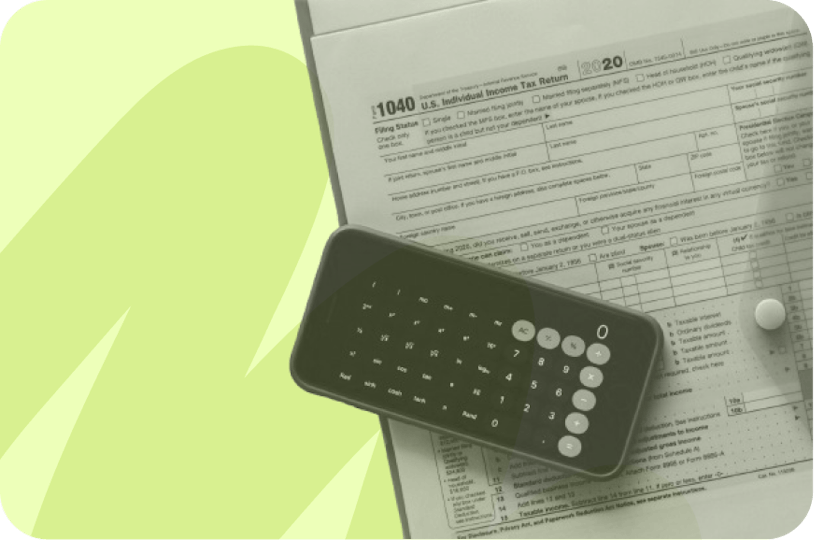
In this article, we’ll explore five of the leading carbon management software platforms available today. Whether you're looking to measure your carbon footprint, create actionable decarbonisation plans, or meet regulatory requirements, these tools can help you build a more sustainable future.
Last articles

In this article, we compare the top 10 IFRS tools of 2025, explore their key features, and help you choose the right platform for simplified ESG reporting.

In this article, we compare the top 10 VSME tools of 2025, explore their key features, and help you choose the right platform for simplified ESG reporting.

In this article, we’ve rounded up the key climate events taking place in 2025. Whether you’re attending in person or just following from afar, these are the moments worth knowing about.

In this article, we’ll break down what the Clean Industrial Deal is, what it actually promises, and how it could shape the future of European industry.

In this article, we’ll break down what permafrost actually is, why it matters, and what happens when it starts to thaw.
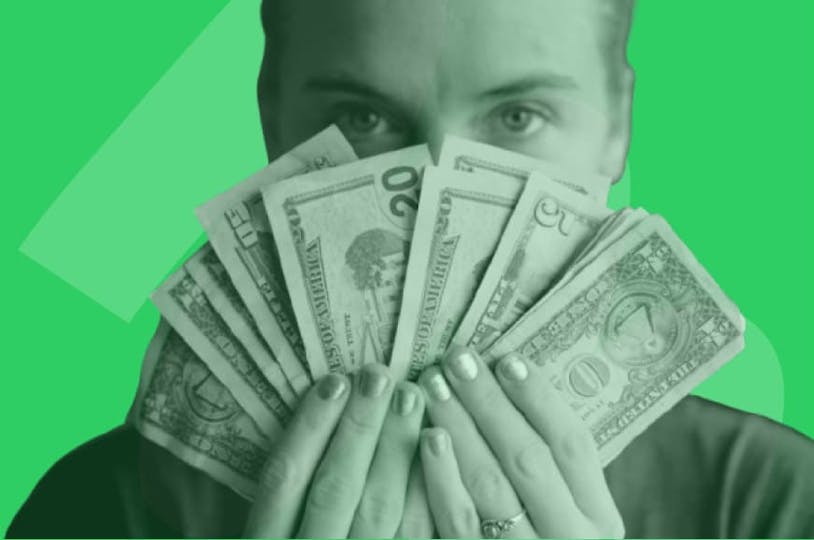
In this article, we’ll explain what short-termism is, the negative impacts of short-termism, and how we can transition away from short-termism.

In this article, we’ll break down what green skills are, why they matter, which industries are driving demand, and how we can build a more sustainable future by developing them.

What is the UNGC, otherwise known as the United Nations Global Compact – and what is their main mission?

In this article, we’ll explain what bioplastic is, its main goal, and five things to know about bioplastic.
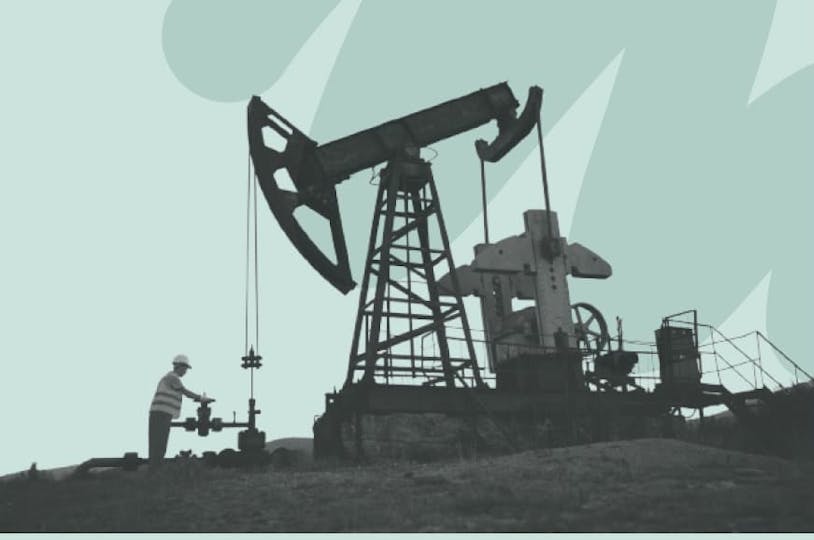
In this article, we’ll explain what peak oil is, why it is important, and how we can avoid reaching peak oil.
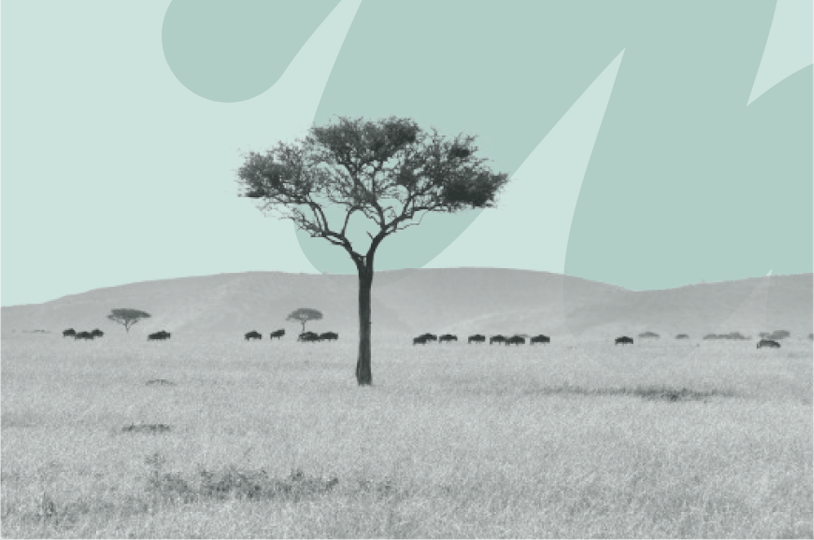
This article explores the Great Green Wall’s vision, what’s working, what isn’t, and whether this massive undertaking can truly reshape the future of the Sahel.

In this article, we’ll explore 15 reusable products that can help you cut down on waste and build more sustainable habits, one small swap at a time.